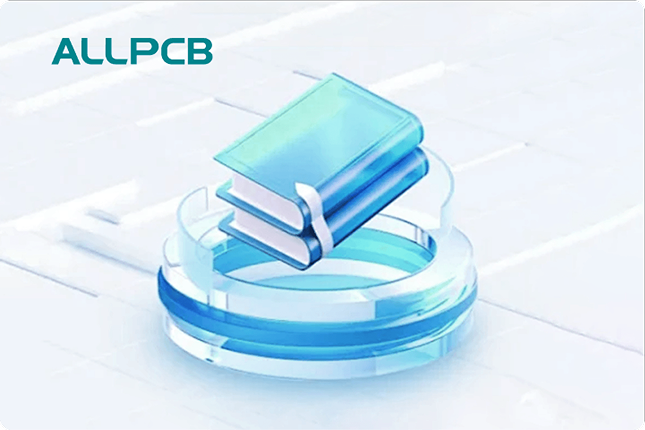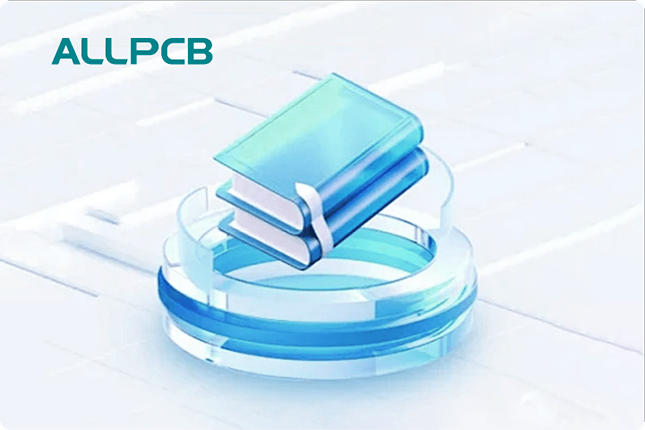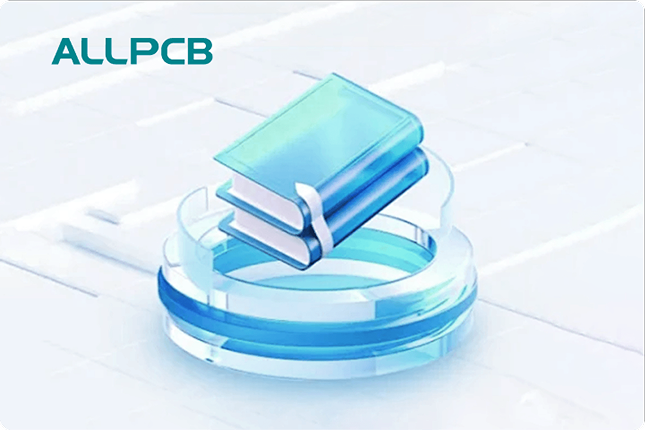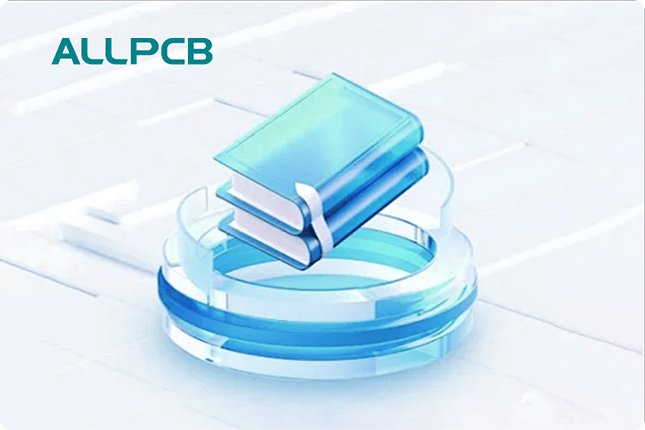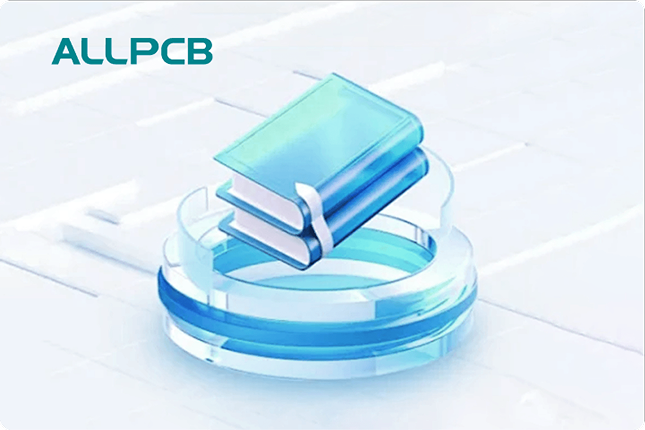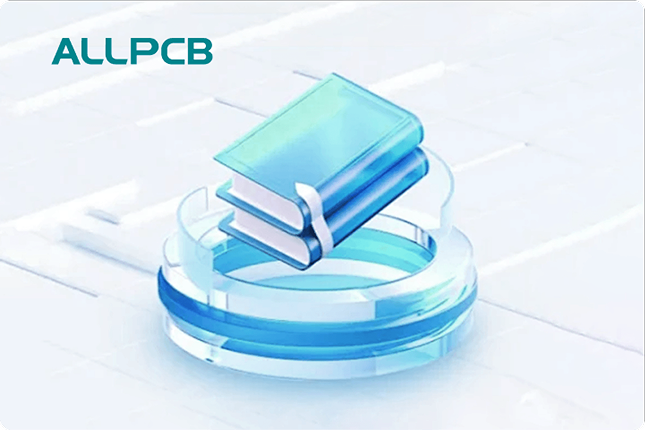In the fast-evolving world of electronics manufacturing, precision and efficiency are key to producing high-quality products. If you're searching for a reliable method to separate individual printed circuit boards (PCBs) from a larger panel, especially for high-density PCBs, laser depaneling is a game-changer. This advanced manufacturing technique offers unmatched precision cutting, minimizes material stress, and boosts production efficiency. In this blog post, we'll dive deep into the world of laser depaneling, exploring its benefits, processes, and why it's the ideal choice for high-density PCB panelization.
What Is Laser Depaneling and Why Does It Matter?
Laser depaneling is a cutting-edge process used to separate individual PCBs from a larger panel during manufacturing. Unlike traditional mechanical methods like routing or punching, laser depaneling uses a focused beam of light to cut through materials with extreme accuracy. This non-contact method is particularly valuable for high-density PCBs, where components are packed tightly together, leaving little room for error.
Why does this matter? High-density PCBs are at the heart of modern electronics, from smartphones to medical devices. These boards often feature tiny components and intricate designs, with trace widths as small as 50 micrometers and spacing down to 75 micrometers. A single misstep during depaneling can damage critical circuits or components. Laser depaneling ensures precision cutting, reducing the risk of damage and improving overall yield in advanced manufacturing.
The Challenges of High-Density PCB Panelization
High-density PCBs present unique challenges during the panelization and depaneling process. Panelization involves arranging multiple individual PCBs on a single panel for efficient manufacturing. However, separating these boards without causing damage requires exceptional care. Here are some common challenges:
- Tight Component Spacing: With components placed as close as 0.5 mm to the board edge, mechanical cutting methods often cause stress or microcracks, leading to signal integrity issues.
- Fragile Materials: Many high-density PCBs use thin substrates or flexible materials that can tear or deform under mechanical stress.
- Complex Geometries: Modern designs often include irregular shapes or cutouts, which are difficult to achieve with traditional tools.
Laser depaneling addresses these challenges by offering a non-contact solution that cuts with pinpoint accuracy, preserving the integrity of the board and its components.
How Laser Depaneling Works: A Step-by-Step Overview
Understanding the laser depaneling process can help manufacturers appreciate its value in advanced manufacturing. Here's a simplified breakdown of how it works:
- Design Preparation: The PCB panel design includes predefined cutting paths or break lines, often marked in the CAD file. These paths guide the laser during depaneling.
- Laser Setup: A high-power laser, typically a CO2 or UV laser, is programmed with the cutting paths. CO2 lasers are often used for thicker materials, delivering power up to 300 watts, while UV lasers, with wavelengths around 355 nm, are ideal for finer cuts on delicate substrates.
- Cutting Process: The laser beam focuses on the material, vaporizing or ablating it along the cutting path. The process is non-contact, meaning no physical force is applied to the board.
- Debris Management: Advanced systems use exhaust or vacuum mechanisms to remove debris and fumes, ensuring a clean cut without residue.
- Quality Check: Post-cutting inspection ensures the edges are smooth and no components are damaged. Laser depaneling typically achieves edge roughness as low as 5 micrometers, far superior to mechanical methods.
Benefits of Laser Depaneling for High-Density PCBs
Laser depaneling stands out as the preferred method for high-density PCB panelization due to its numerous advantages. Let's explore some of the key benefits:
1. Unmatched Precision Cutting
The focused laser beam can achieve cutting accuracies within 25 micrometers, allowing for intricate cuts even in densely populated boards. This precision ensures components near the edge, sometimes placed within 0.2 mm, remain safe from damage.
2. Stress-Free Processing
Unlike mechanical methods that apply physical force, laser depaneling eliminates stress on the board. This is critical for high-density PCBs, where even minor stress can disrupt signal paths or cause delamination of layers.
3. Clean and Burr-Free Edges
Mechanical cutting often leaves burrs or rough edges that require additional processing. Laser depaneling produces clean cuts with minimal thermal impact, reducing the need for secondary finishing and saving production time.
4. Flexibility for Complex Designs
Laser systems can easily adapt to complex geometries or last-minute design changes by updating the cutting path in the software. This flexibility is invaluable in advanced manufacturing, where prototypes and small-batch runs are common.
5. Reduced Material Waste
The narrow kerf width of a laser beam—often less than 0.1 mm—minimizes material loss during cutting. This efficiency translates to cost savings, especially when working with expensive substrates used in high-density PCBs.
Types of Lasers Used in Depaneling High-Density PCBs
Not all lasers are created equal, and choosing the right type is crucial for effective depaneling. Here are the two primary types used in the industry:
- CO2 Lasers: Operating at a wavelength of 10.6 micrometers, CO2 lasers are powerful and cost-effective for cutting thicker PCB materials, up to 1.6 mm. They are ideal for rigid boards but may cause slight thermal effects on sensitive materials.
- UV Lasers: With a wavelength of 355 nm, UV lasers offer superior precision for thinner or flexible substrates. They minimize heat-affected zones (HAZ), making them perfect for high-density PCBs with delicate components. Cutting speeds can reach up to 100 mm/s for thin materials.
The choice between these lasers depends on the specific requirements of the PCB design, such as material thickness and thermal sensitivity.
Applications of Laser Depaneling in Advanced Manufacturing
Laser depaneling is widely used across industries where high-density PCBs play a critical role. Some key applications include:
- Consumer Electronics: Smartphones, tablets, and wearables rely on compact, high-density PCBs. Laser depaneling ensures these boards are cut precisely without damaging tiny components like 0402 resistors or micro-BGA chips.
- Medical Devices: Equipment such as pacemakers and diagnostic tools use intricate PCB designs. The stress-free nature of laser cutting prevents failures that could have life-critical consequences.
- Automotive Electronics: Modern vehicles incorporate high-density PCBs for sensors and control systems. Laser depaneling supports the reliability needed for harsh operating environments.
- Aerospace: With strict quality standards, aerospace applications benefit from the precision and cleanliness of laser-cut boards, ensuring signal integrity for high-speed data transmission at frequencies above 5 GHz.
Key Considerations for Implementing Laser Depaneling
While laser depaneling offers significant advantages, there are important factors to consider before integrating it into your manufacturing process:
- Initial Investment: Laser depaneling systems can have upfront costs ranging from $50,000 to $200,000, depending on the system's capabilities. However, the long-term savings from reduced waste and higher yields often justify the expense.
- Material Compatibility: Not all PCB materials respond well to laser cutting. For instance, highly reflective copper layers may require specific laser wavelengths or pre-treatment to avoid damage.
- Operator Training: Skilled technicians are needed to program and maintain laser systems. Proper training ensures optimal performance and safety during operation.
- Production Volume: Laser depaneling is most cost-effective for medium to high-volume production. For very low volumes, manual or semi-automated methods might still be viable.
Future Trends in Laser Depaneling for PCB Manufacturing
As technology advances, laser depaneling continues to evolve, offering even greater possibilities for high-density PCB production. Here are some trends to watch:
- Automation Integration: Fully automated inline laser depaneling systems are becoming more common, reducing human intervention and increasing throughput in advanced manufacturing setups.
- Faster Processing Speeds: New laser technologies are pushing cutting speeds beyond 200 mm/s, even for complex designs, further improving efficiency.
- Smaller Heat-Affected Zones: Advances in laser optics are reducing thermal impact, making the process viable for ultra-thin substrates below 0.1 mm.
- Green Manufacturing: Laser systems are being designed with energy efficiency in mind, aligning with the industry's push for sustainable production practices.
Conclusion: Why Laser Depaneling Is the Future of High-Density PCB Manufacturing
Laser depaneling has revolutionized the way manufacturers handle high-density PCBs, offering precision cutting that traditional methods simply can't match. By eliminating mechanical stress, reducing waste, and accommodating complex designs, this advanced manufacturing technique ensures higher quality and efficiency in PCB panelization. Whether you're producing consumer electronics, medical devices, or automotive systems, laser depaneling provides the reliability and accuracy needed to stay competitive in today's fast-paced market.
At ALLPCB, we're committed to staying at the forefront of manufacturing innovation. By embracing technologies like laser depaneling, we help our clients achieve flawless results for even the most challenging high-density PCB projects. Ready to take your production to the next level? Explore our services and see how precision cutting can transform your manufacturing process.
 ALLPCB
ALLPCB


